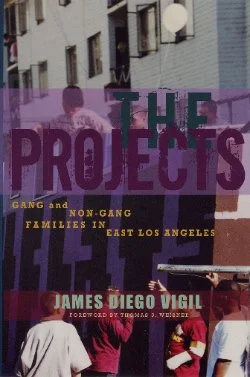By Clare Ribando Seelke
The Mara Salvatrucha (MS-13) and its main rival, the “18th Street” gang, continue to undermine citizen security and subvert government authority in parts of Central America. Gang-related violence has been particularly acute in El Salvador, Honduras, and urban areas in Guatemala, contributing to some of the highest homicide rates in the world. Congress has maintained an interest in the effects of gang-related crime and violence on governance, citizen security, and investment in Central America. Congress has examined the role that gang-related violence has played in fueling mixed migration flows, which have included asylum seekers, by families and unaccompanied alien children (UAC) to the United States. Since FY2008, Congress has appropriated funding for anti-gang efforts in Central America. Central American governments have struggled to address the gang problem. From 2012 to 2014, the government of El Salvador facilitated a historic—and risky—truce involving the country’s largest gangs. The truce contributed to a temporary reduction in homicides but strengthened the gangs. Since taking office in June 2014, President Salvador Sanchez Cerén has adopted repression-oriented anti-gang policies similar those implemented in the mid-2000s, including relying on the military to support anti-gang efforts. El Salvador’s attorney general is investigating allegations of extrajudicial killings committed by police engaged in anti-gang efforts. Successive Honduran governments have generally relied on suppression-oriented policies toward the gangs as well, with some funding provided in recent years to support community-level prevention programs. The Guatemalan government has generally relied on periodic law-enforcement operations to round up suspected gang members. U.S. agencies have engaged with Central American governments on gang issues for more than a decade. In July 2007, an interagency committee announced the U.S. Strategy to Combat Criminal Gangs from Central America and Mexico, which emphasized diplomacy, repatriation, law enforcement, capacity enhancement, and prevention. Between FY2008 and FY2013, Congress appropriated roughly $38 million in International Narcotics Control and Law Enforcement (INCLE) funds through a special line item for anti-gang efforts in Central America. Since FY2013, approximately $10 million in Central American Regional Security Initiative (CARSI) funding has been assigned to continue those anti-gang initiatives. Significant additional support has been provided through CARSI for violence-prevention efforts in communities affected by gang violence, as well as for vetted police units working on transnational gang cases with U.S. law enforcement. Recently, U.S. and Salvadoran officials have also targeted the financing of MS13, which the Treasury Department’s Office of Foreign Assets Control (OFAC) designated as a Transnational Criminal Organization subject to U.S. sanctions in October 2012, pursuant to Executive Order (E.O.) 13581. This report describes the gang problem in Central America, discusses country approaches to deal with the gangs, and analyzes U.S. policy with respect to gangs in Central America. Congressional oversight may focus on the efficacy of anti-gang efforts in Central America; the interaction between U.S. domestic and international anti-gang policies, and the potential impact of U.S. sanctions on law-enforcement efforts.
Washington, DC: U.S. Congressional Research Service, 2016. 23p.



